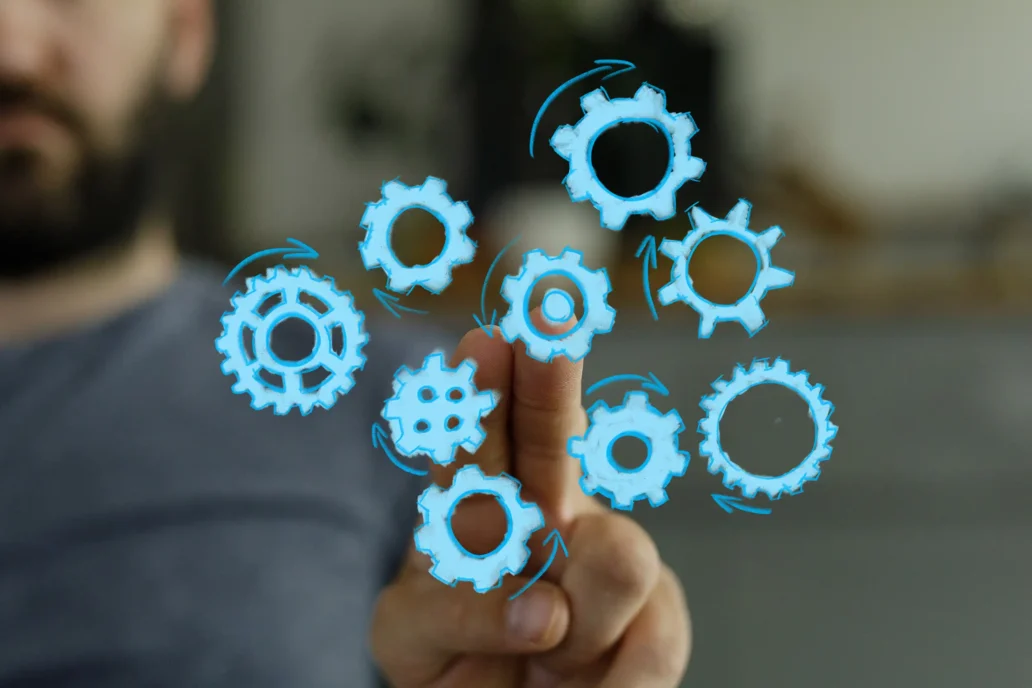
Scaling Smart: Using MRL to Align Manufacturing Readiness with Market Readiness
TL;DR
- A working prototype doesn’t equal manufacturing or market readiness.
- MRL helps quantify readiness, reduce risk, and guide commercialization.
- Early manufacturing involvement prevents rework and lost momentum.
- Aligning TRL and MRL ensures technical and market progress move together.
- Predictable readiness accelerates design transfer and market entry.
The Milestone Moment
Congratulations! Your prototype device works, and design verification and validation are complete. That is a huge milestone in your journey, and your team is rightfully celebrating. Being ready to build is not the same as being ready to scale. Successful market introduction requires manufacturing readiness that evolves alongside market readiness.
Teams deeply focused on solving engineering challenges can unintentionally fall into the Prototype Trap: celebrating technical achievement while underestimating the efforts required to prepare for an initial market launch and, ultimately, to de-risk scalability.
Avoiding the Prototype Trap
The prototype trap is a false sense of security that comes from seeing a functional prototype and assuming that it’s ready for production. the jump from ‘it works’ to ‘ready for launch’ is larger than expected and often underestimated. If manufacturing considerations are overlooked, that moment of success can quickly expose gaps in readiness, leading to costly redesigns and lost momentum on the path to commercialization.
The prototype trap occurs when functionality is mistaken for manufacturability, and manufacturability is mistaken for market readiness. Prototypes are often built in low quantities by the same engineer who designed them, relying on tacit knowledge and micro adjustments that rarely make it into drawings or procedures. When the design is transferred to manufacturing, those informal adjustments disappear. Production environments must follow regulatory requirements with defined documentation and validated processes. The variability that was managed manually during prototype builds reappears as yield issues, scrap, and production delays. These delays can erode investor confidence and increase cost.
Understanding this gap early in the process can make the difference between predictable progress and reactive firefighting later.
Why Teams Fall into the Prototype Trap
The prototype trap isn’t negligence, it’s human nature. A working prototype is tangible proof that a concept works, and that success creates a sense of progress and reward. Teams and investors are drawn to a physical deliverable that demonstrates the device’s capabilities, often equating functionality with readiness for the next stage.
Developing structured procedures, bills of materials (BoMs), validated processes, and supply chain strategies are quieter activities with no flashy deliverables. These efforts are often crammed into the ‘just documentation’ phase downstream in manufacturing rather than being treated as an integral part of the design process. This creates optimism bias, the assumption that manufacturing will ‘figure it out later,’ even when the design was never intended for scalable production. This is where Manufacturing Readiness Levels (MRLs) provide value, making invisible readiness activities measurable, deliberate, and aligned with the broader commercialization pathway.
Understanding Manufacturing Readiness Levels (MRL)
Manufacturing Readiness Levels (MRL) provide a structured system to evaluate how prepared a technology, design, and supply chain are for production, ensuring the device can be built consistently and economically. In contrast, Technology Readiness Levels (TRLs) focus on whether the core technology works but overlook the manufacturability, cost, and process maturity needed to bridge development success to initial market launch.
While originally developed for large government programs, the MRL framework is equally valuable for startups pursuing commercialization. It reinforces that the process is most successful when TRLs and MRLs evolve together, keeping innovation and operations aligned. Meeting a specific MRL target isn’t mandatory, but it serves as a practical measuring stick to gauge technical debt and program risk before they accumulate.
During design development, the TRL naturally matures. MRL, however, requires intentional action and the inclusion of the right people. Process and Manufacturing Engineers, and Supply Chain specialists should be involved early to help de-risk decisions before they precipitate in later stages. Every time a key design decision is made, these SMEs should assess the MRL impact.
Applying MRL In Medical Device Commercialization
At each development stage, MRL provides a roadmap to align design, manufacturing, and market goals.
Concept and Feasibility (MRL 1–3): Early Alignment
- Define manufacturing and supply chain assumptions rather than detailed plans.
- Assess manufacturability risks for critical components and cost drivers.
- Identify potential process or supply chain constraints that could affect future scalability.
- Use MRL insights to shape investment decisions and ensure early design decisions align with future commercial needs.
Goal: Build alignment across design, manufacturing, and commercial objectives.
Alpha and Beta Prototypes (MRL 4–6): Building Repeatability
- shift from ‘Can we make one?’ to ‘Can we make it repeatably?’
- Define and document early build processes, assembly methods, and verification plans.
- Ramp involvement of Commercialization and QA teams to assess supplier capabilities and control points.
- Begin linking manufacturing data to commercial metrics such as yield, cost per unit, and lead time.
Goal: Establish repeatability and visibility into production variables before entering pilot manufacturing.
Pilot Production and Limited Commercial Launch (MRL 7–8): Building Credibility
- Bridge internal validation and market proof to demonstrate readiness for commercialization.
- Complete process validation (IQ/OQ/PQ) and confirm yield stability.
- Produce a limited commercial batch to test product-market fit and operational readiness.
- Capture real-world data on costs, throughput, and supplier performance.
Goal: Validate that product, process, and operations can consistently support early commercialization.
Production Maturity (MRL 9–10): Scaling with Flexibility
- At full maturity, manufacturing and commercialization operate in sync.
- Processes are validated, yields predictable, and costs controlled.
- Supply chain and quality systems are aligned across partners.
- Performance data from pilot and early production drives efficiency and quality.
Goal: Achieve stable, efficient production that supports predictable growth.
Recognize the Warning Signs of the Prototype Trap
Even Experienced teams can slip into the prototype trap. Watch for these indicators:
- Prototype builds are performed exclusively by R&D staff.
- Reliance on tacit knowledge or undocumented assembly steps.
- Frequent rework, tuning, or manual adjustments during builds.
- Supplier engagement limited to transactional purchase orders.
- Late or limited involvement from the commercialization team.
These signs indicate that MRL progress is lagging behind TRL, a misalignment that drives cost, delay, and loss of momentum.
The Payoff: Design Transfer That Works
Integrating MRL assessments into the development process doesn’t just prevent issues. it accelerates commercialization. Regular MRL reviews align engineering, quality, and operations, providing early visibility into potential risks. This approach enables teams to make informed decisions, maintain momentum, and avoid last -minute firefighting.
For medical devices, applying MRL supports a cleaner transition from Design History File (DHF) to Device Master Record (DMR), smoother process validation, and faster submission readiness. Limited-volume commercial launches built on a manufacturing readiness framework deliver credible data, validate assumptions, and provide a seamless path to scale.
When readiness comes at the right time, design transfer becomes a competitive advantage.
Alexander Gunson is a Manufacturing Engineer at StarFish Medical with 6 years of experience in the electronics manufacturing industry. He works on NPI transfers and sustaining activities to help drive down costs and improve product efficiencies.
Images: Adobe Stock
Related Resources
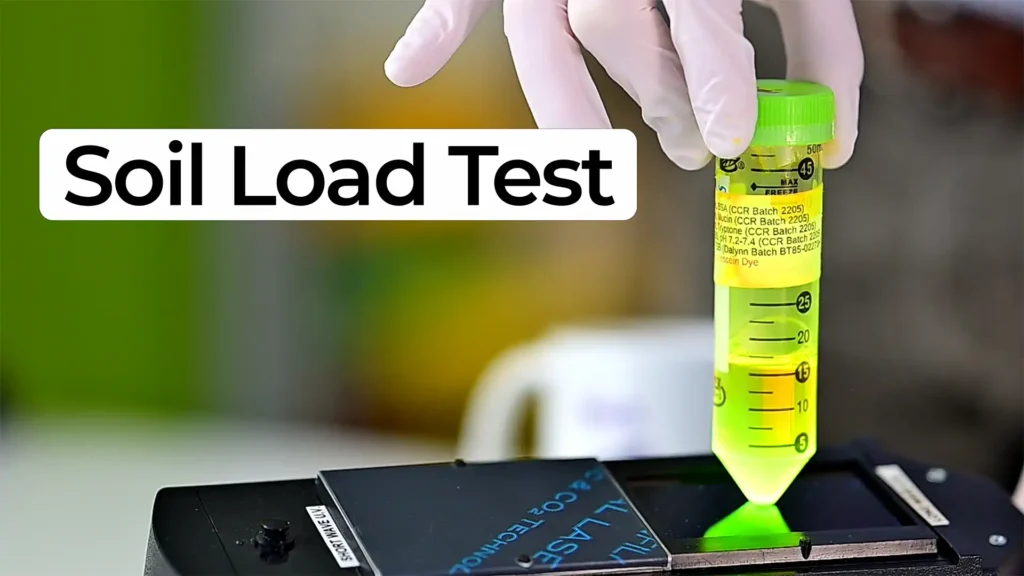
Nick Allan and Nigel Syrotuck explain how a fluorescent protein assay helps engineers measure contamination and cleaning performance in medical devices.
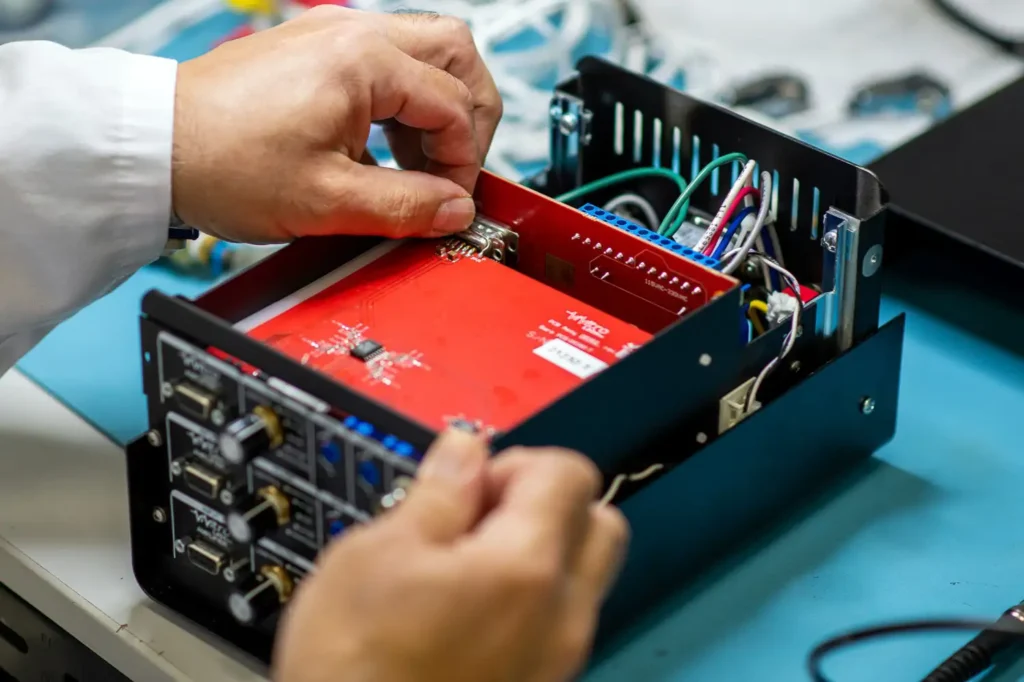
Your team is ready for design validation. The prototype performs well, test plans are in motion, and everything points to a smooth handoff to manufacturing. Then your partner calls with bad news: they can’t build the device as designed.
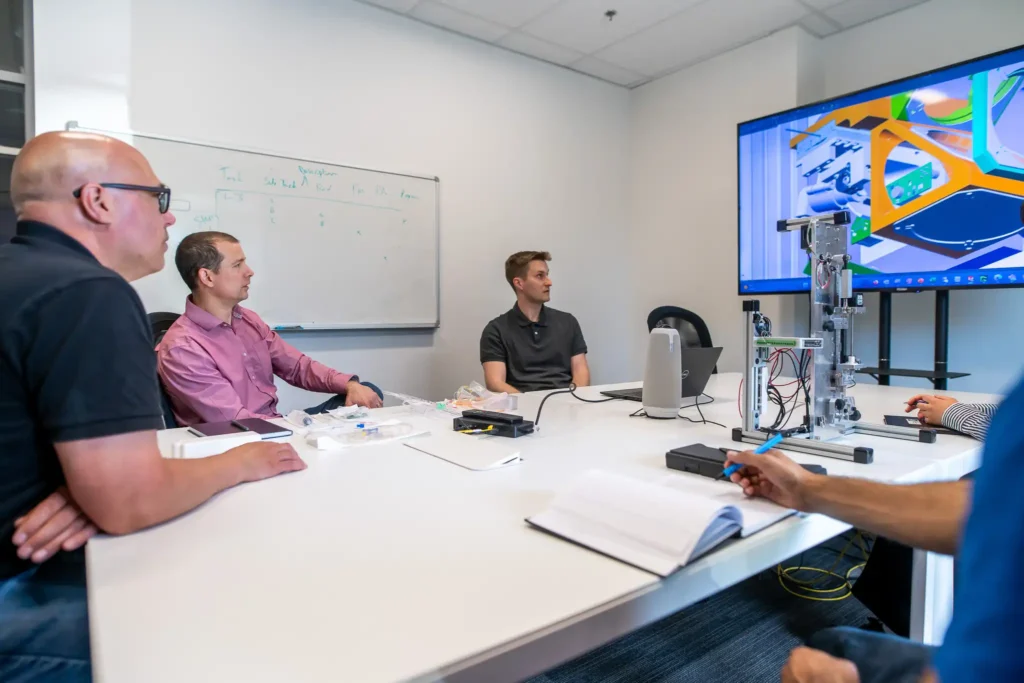
You’ve cleared the toughest engineering hurdles and proven your design works. Then, just as you prepare to scale, your contract manufacturer turns you down.
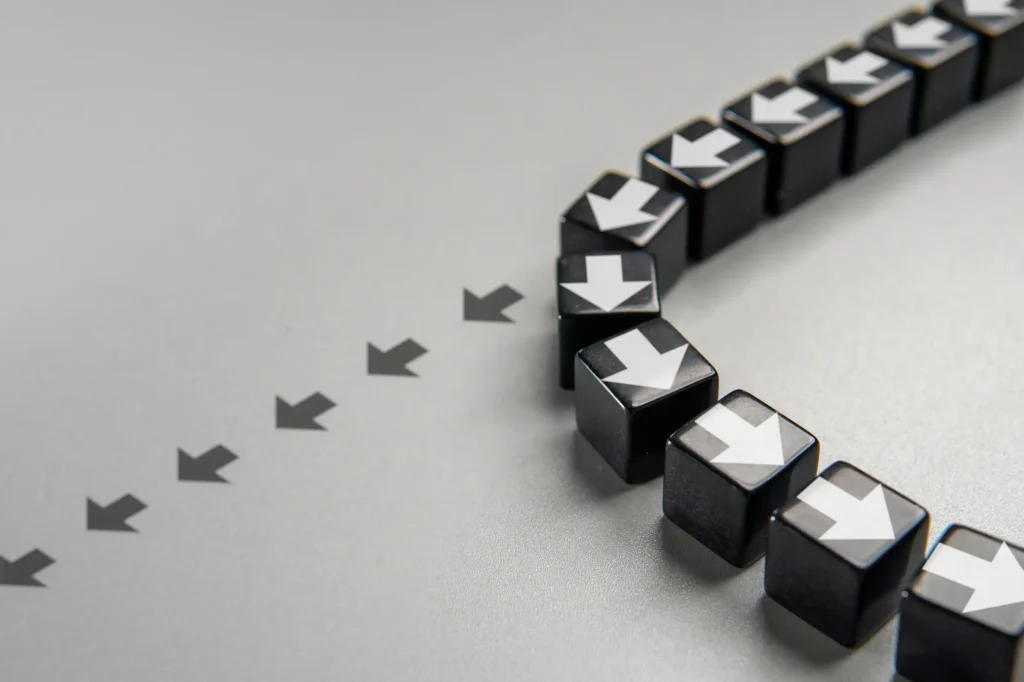
In Medtech, a successful exit isn’t just about having an innovative device, it’s about building a business that potential buyers and investors can clearly see a future in.